At Disney, it’s always about The Story. Nothing is ever conceived or built without an intriguing storyline to support it.
The Story is always at the core of everything Disney does in its parks, from restaurants to themed lands, to attractions and shows in those lands. It even extends to the properties where guests retreat to after a long day in those parks.
When the members of Walt Disney Imagineering present an idea for a new attraction, a great story better be weaved into it.
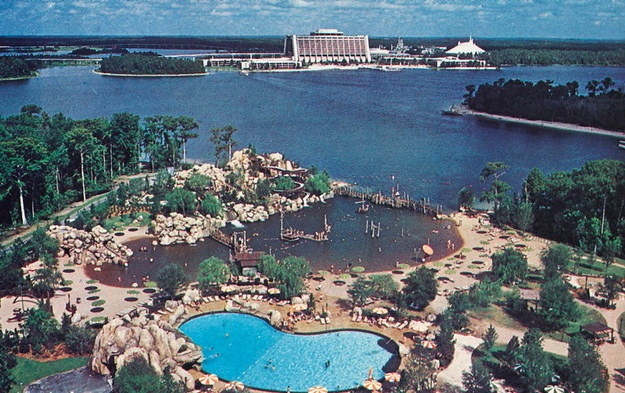
Flight of Passage in Animal Kingdom is the most popular Walt Disney World attraction by far, in large part because it combines innovative technology with an Avatar-based story about learning how to fly on the back of a banshee.
Even the resorts that permeate the property have themes attached to them: The nearly 50-year old Contemporary Resort still emotes a modern, futuristic aura; Old Key West celebrates the conch republic; while Animal Kingdom Lodge is resplendent in its authentic African finery.
About the only things at Disney World that don’t come with a story attached to them are the buses… unless you consider a bus showing up on time something to write home about.
But what if the story you’re being told during a stay at Walt Disney World stretches the truth a tad? Or what if that story is embellished to the point where it makes great entertainment… but isn’t quite true?
Here are two examples:
Last year, we found ourselves aboard a Disney Magical Express bus from Orlando International Airport to our Walt Disney World resort.

That’s easy, I thought. The Preview Center, which was located along what is now Hotel Plaza Boulevard.
The driver’s answer? The Walt Disney World STOLport, which was built a stone’s throw from the Transportation and Ticket Center. The answer sounded great… but it was incorrect.
First of its kind in the United States
The STOLport, which stands for Short Take-Off and Landing, was the first airstrip of its kind in the United States. The idea was to enable Walt Disney World guests to fly to a large Florida city like Tampa or Miami, then take a smaller airplane and land right on WDW property.
Construction on the WDW STOLport began in early 1971. The airstrip [about 2,000 feet long, with a taxiway and a small office building], opened on Oct. 17, 1971.
Walt Disney World swung open its gates about two weeks earlier, on Oct. 1, 1971, which means there were a heck of a lot of buildings up and running by the time the STOLport opened.
Our driver also told us that Walt Disney wanted to open the airstrip on WDW property because he “piloted his own plane,” which, of course, wasn’t true.
Walt owned his own plane, but an experienced pilot always was at the controls during his cross-country junkets.
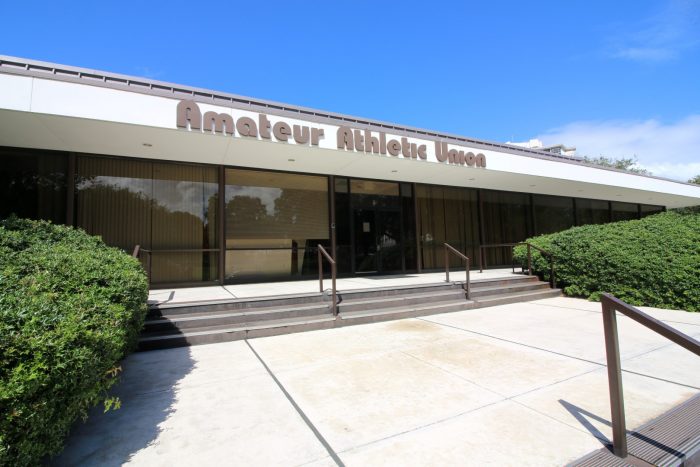
As for the Preview Center, it opened in January 1970, giving it the distinction of being the first building on WDW property open to the public. Included in the center was a theater, which played a promotional film about the resort.
There also were aerial photos on the walls, updated periodically, of the massive construction project, as well as a large [625 square feet] scale model of the Magic Kingdom.
The Preview Center gave Orlando-area residents a sense of what was to come. It also enabled residents to apply for jobs with Disney.
Disney souvenirs were on sale
On sale at the center were Disney souvenirs, including pennants, preview guidebooks and copies of the comprehensive Walt Disney’s Disneyland, written by Marty Sklar.
More than 1 million guests visited the Preview Center during its 20 months of operation. The center closed a few days before Walt Disney World opened and the staffers were relocated to the park.
As for the Preview Center building, it was used as a Welcome Center, then a U.S. Post Office before it finally became the national headquarters of the Amateur Athletic Union [AAU]. It can be seen by motorists driving along Hotel Plaza Boulevard.
During a more recent trip to WDW, we and a large group of friends decided to take a fireworks cruise, which again proved to shake my confidence in what Disney cast members are telling us.
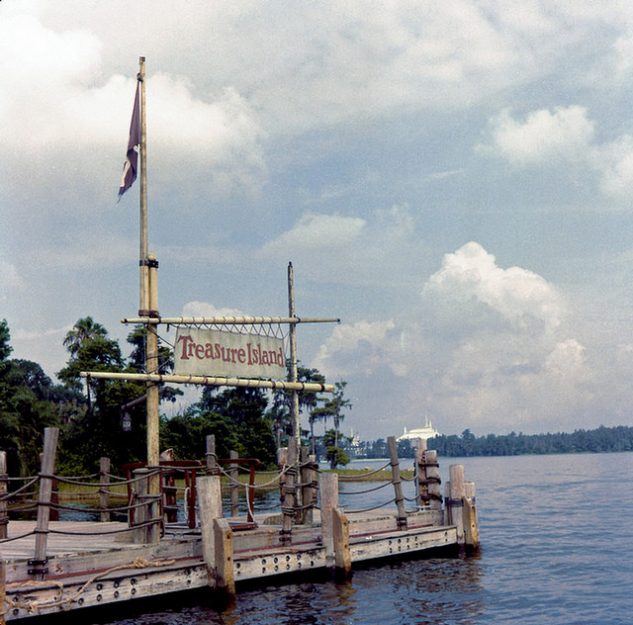
Discovery Island was a nature preserve open from 1974 to 1999. It was initially known as Blackbeard’s Island, then it became Treasure Island, and finally Discovery Island.
After arriving by boat, guests explored the island on foot, where many exotic birds, animals and reptiles lived and thrived.
In reality, Discovery Island was a precursor to Disney’s Animal Kingdom: A place where conservation efforts were put on display and where guests could learn about some of the creatures with which we share the planet.

In fact, more than 400 exotic birds inhabited the island. Most lived in a place called Smugglers’ Roost, which boasted of being one of the largest aviaries in the world. A variety of cranes, flamingos, peafowls and guineafowl, a relative of the vulture, inhabited the island.
After Discovery Island closed in 1999, the Safari Village section of Animal Kingdom theme park was renamed Discovery Island.
As our boat made its way close to Blackbeard’s/Treasure/Discovery Island, the original dock and some of its still-standing structures were visible.
Once we had circled Discovery Island, our pilot pointed out the remnants of River Country, Disney’s first water park, which has been abandoned since 2005. A new Disney resort is expected to rise from the ashes of the shuttered park in a few years.
Sailing past Shipwreck Island
From here, we sailed past the only other island on Bay Lake, which our pilot called Shipwreck Island. It is located between the Wilderness Lodge and Contemporary shorelines, right before the water bridge that crosses over World Drive to Seven Seas Lagoon.
She mentioned that the original plans called for a house to be built on the island, to be used by Walt Disney and his family. She said that workers went as far as to run electrical lines to the island and that they are still there to this day.
When the pilot made these proclamations, I thought it was a pretty great story, but I decided to check with my two go-to guys when it comes to the early days of construction on the WDW property: Tom Nabbe and Ted Kellogg.

“That’s a first for me,” he said. “I have not heard of that one before. The only place where I’ve heard of a place for Walt was the apartment in the castle.”
Kellogg, who was in charge of watercraft when the park opened, was aware of Shipwreck Island, but not for use as a residence.
All the islands had electrical power run to them
“That little island is called Shipwreck,” Kellogg confirmed. “All the islands [in Seven Seas Lagoon and Bay Lake] had power run to them when the lakes were low.
“Seven Seas was man-made and the dirt was used to raise the Magic Kingdom to install the tunnels under the park. Bay Lake was drained to clear brush and trees” and make it easier for boats to ply its waters.
The pure white sand found under the silt and debris in Bay Lake was used to line the shores of both lakes.
Discovery Island, of course, needed plumbing lines, fresh-water lines and electrical conduit to support staff, guests and its permanent residents.
After we crossed over the water bridge, the pilot positioned us in the center of Seven Seas Lagoon in a prime viewing area for the fireworks. We were joined by about 12 other pontoons and the two larger pontoons used for the Pirates and Pals Fireworks Excursion.

Our pilot positioned the boat to give us a stunning view of the timeless attraction which, coincidentally, Ted Kellogg helped create.
The pilot then told us that the Electrical Water Pageant “was a gift from the Polynesian islands.”
The real story behind the Water Pageant
That sounded nice, what with the Polynesian Resort in full view, but having helped Ted with his book Passport to Pixie Dust, I knew the real story behind the pageant’s genesis.
After WDW opened in 1971, the folks at WED Enterprises, the forerunner of Walt Disney Imagineering, were tasked with coming up with a night-time show to give park guests “a kiss goodnight.”
The idea was to present a show on Bay Lake and Seven Seas Lagoon to be visible to guests at the Contemporary, Polynesian and Fort Wilderness resorts.
They went to Ted and asked for his input. It was decided to put together a string of pontoon boats. Aluminum wire mesh cages would be attached to them, with tiny lights affixed to the mesh. Also on board were generators to power the show, which would take on a nautical theme.
Although the Electrical Water Pageant passes by the Polynesian each night, it was bought and paid for by Disney, according to Kellogg.
“To my knowledge, Disney did the design and paid the bill,” he said.
Yes, everything Disney does is about The Story. But sometimes, as we’ve discovered on two occasions, those stories might be embellished to the point of not actually being accurate.
Have you ever heard an embellished story while visiting Walt Disney World? let us know in the comments below!
Interested in Disney history and Imagineering details? Take a look at these recent posts:
- 4 Trees You'll Only Find at Disney Parks
- 6 Retired Disney World Animatronics We Miss
- Do You Remember These 9 Short-Lived Disney Attractions?
- I Bet You Don't Know Which Attraction Was Inspired by Fantasia!
- What's Left of Disney-MGM Studios 30 Years Later
- 10 Walt Disney World Attractions Walt Had a Hand in Creating
Be sure to follow @allearsnet on Instagram and Twitter!
Check out our YouTube Channel for reviews, news, information and more!
Click below to subscribe to the AllEars® newsletter so you don’t miss any of the latest Disney news!



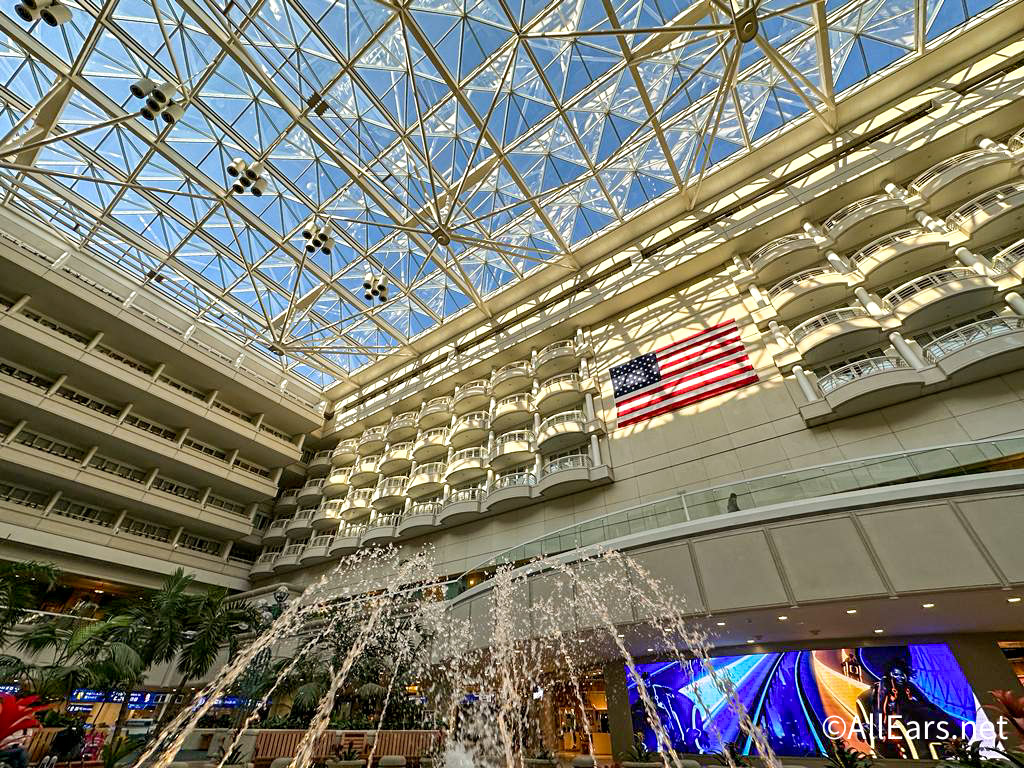




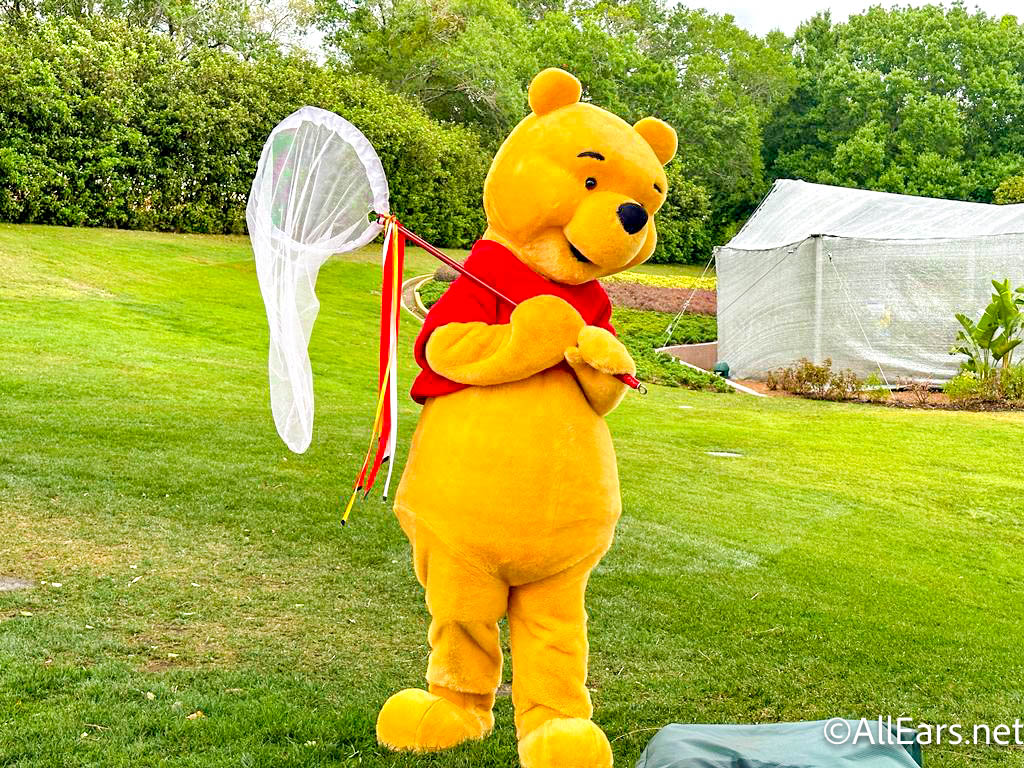
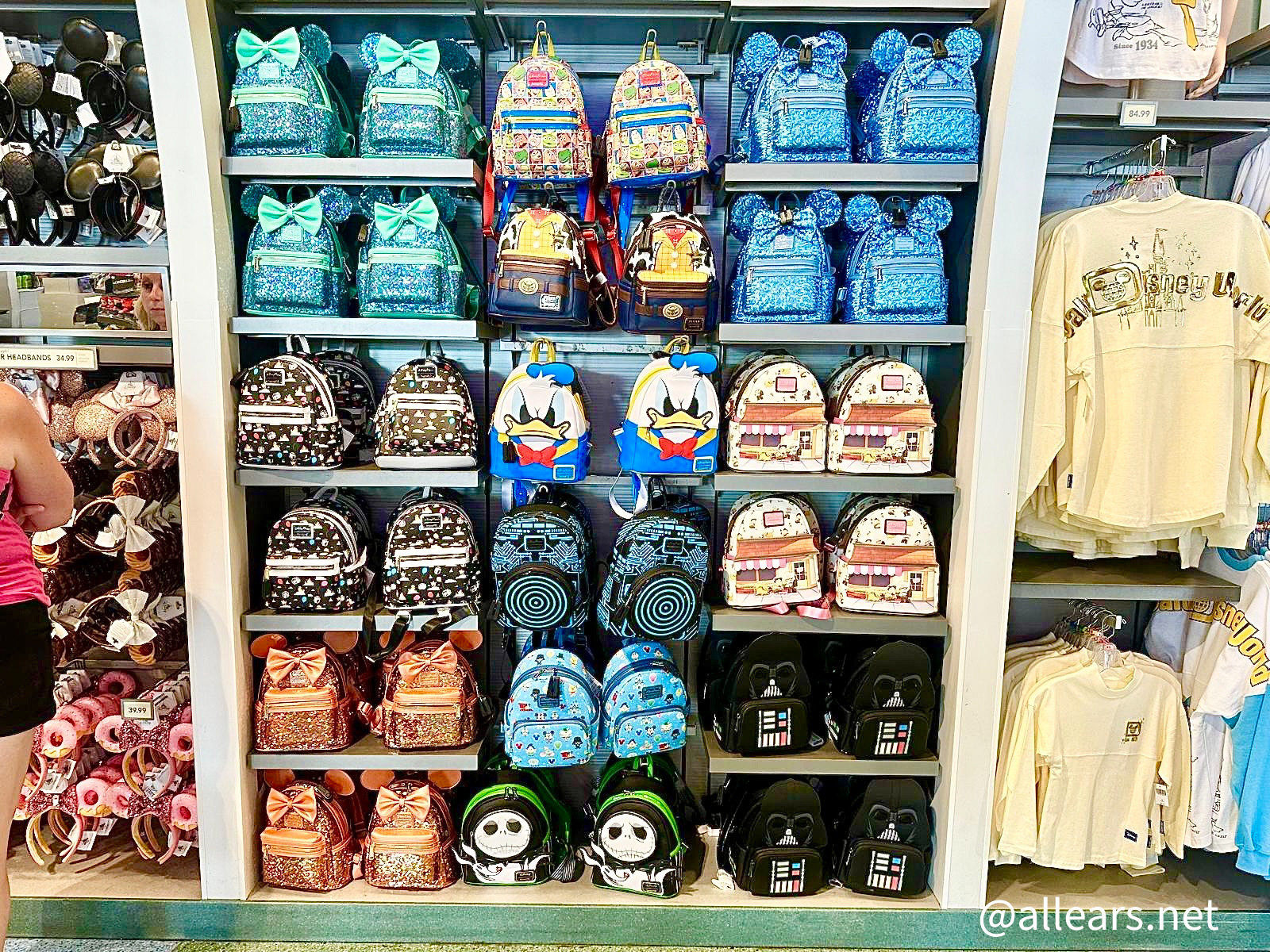
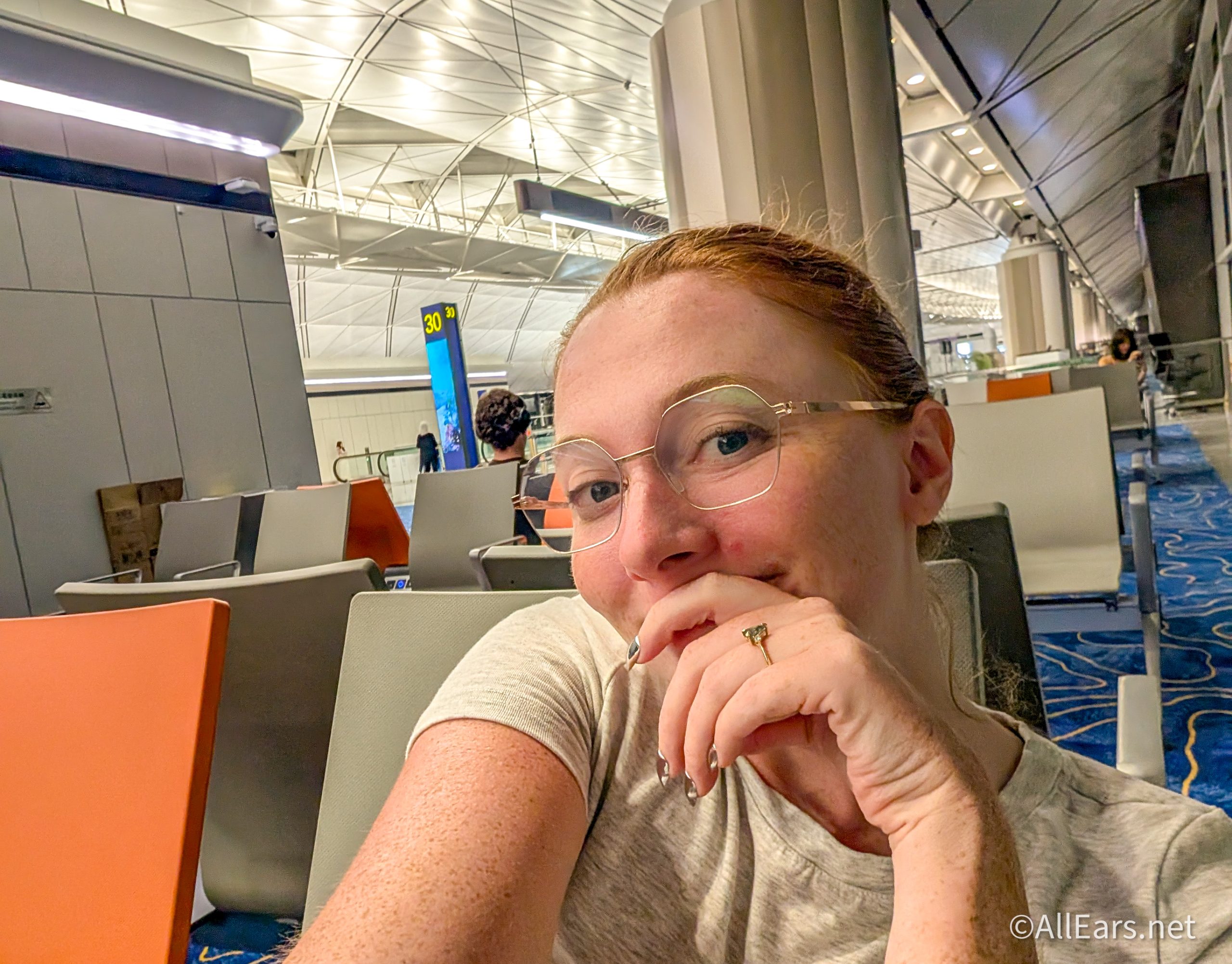
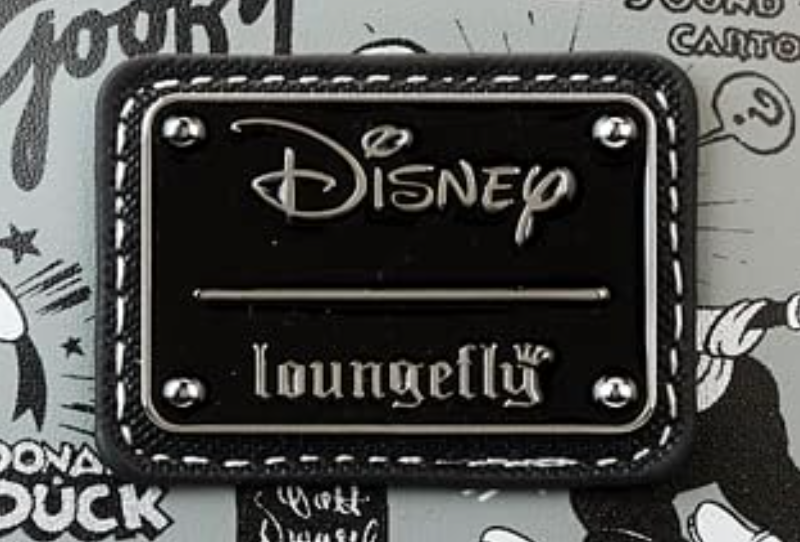
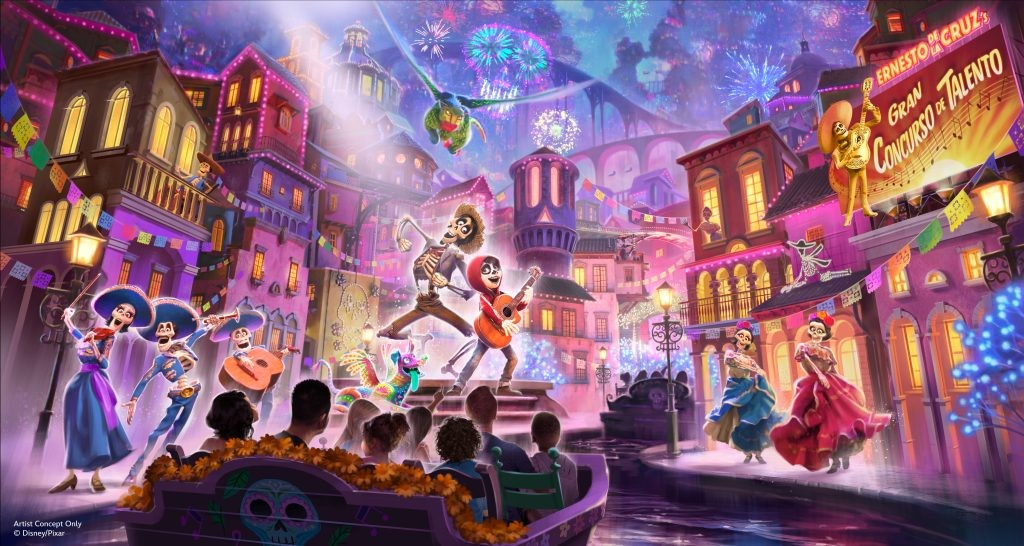


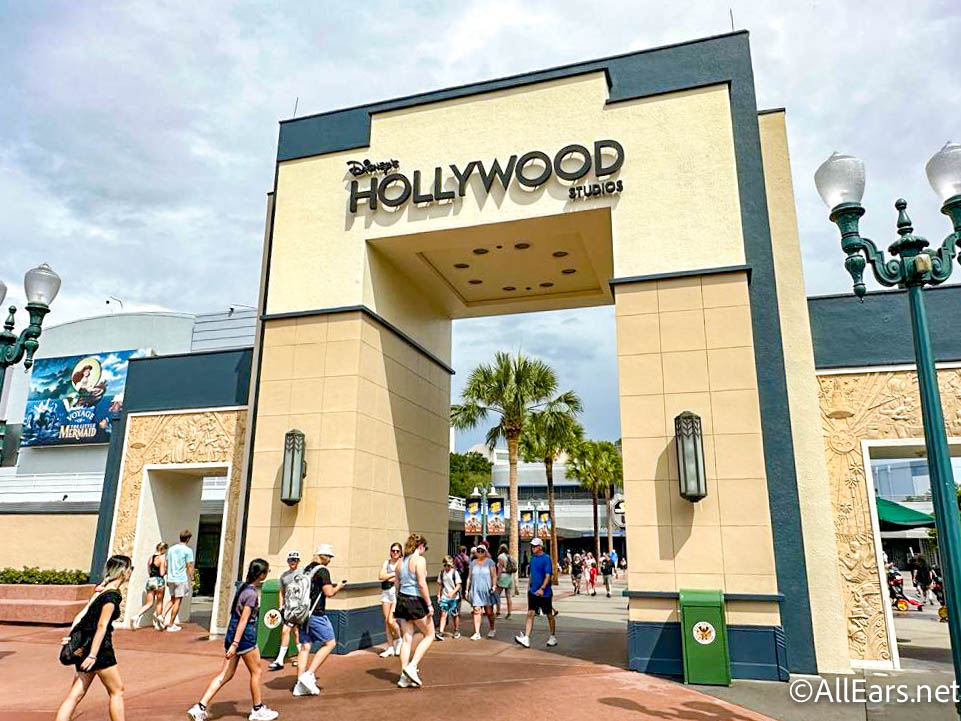

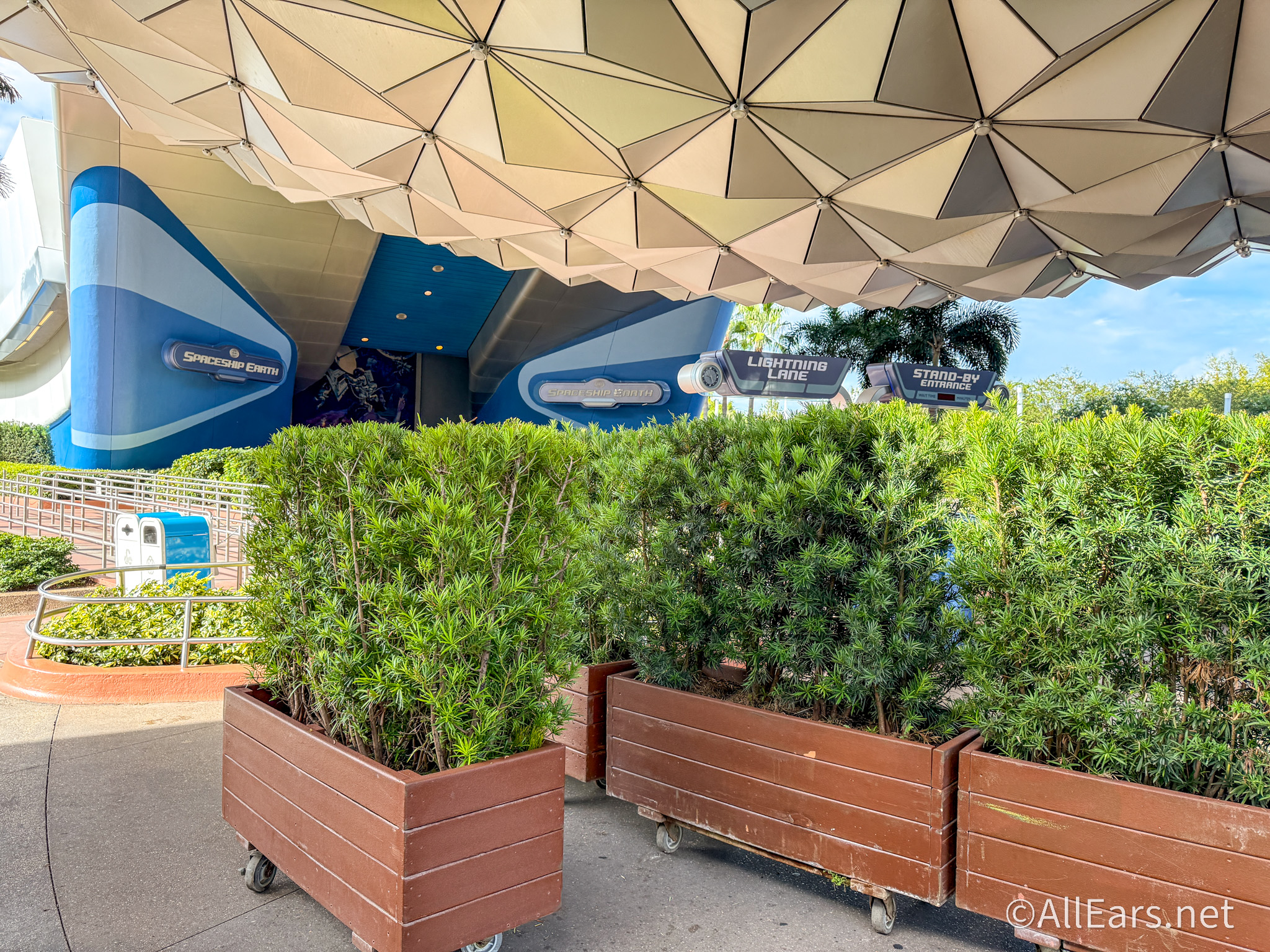
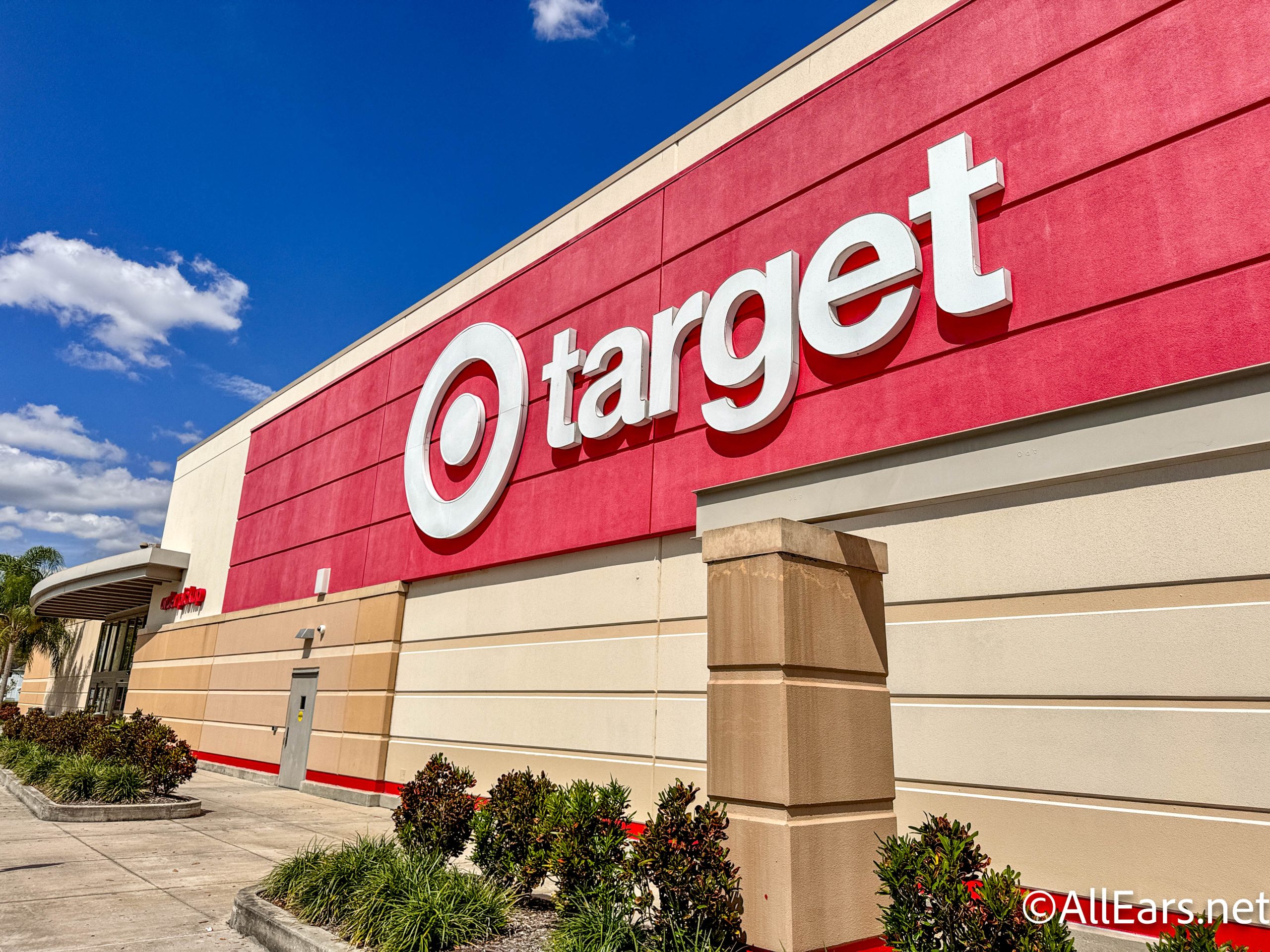




These people need to be selling DVC’s. They spin tall tales so convincingly.